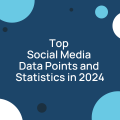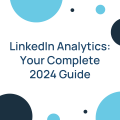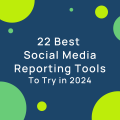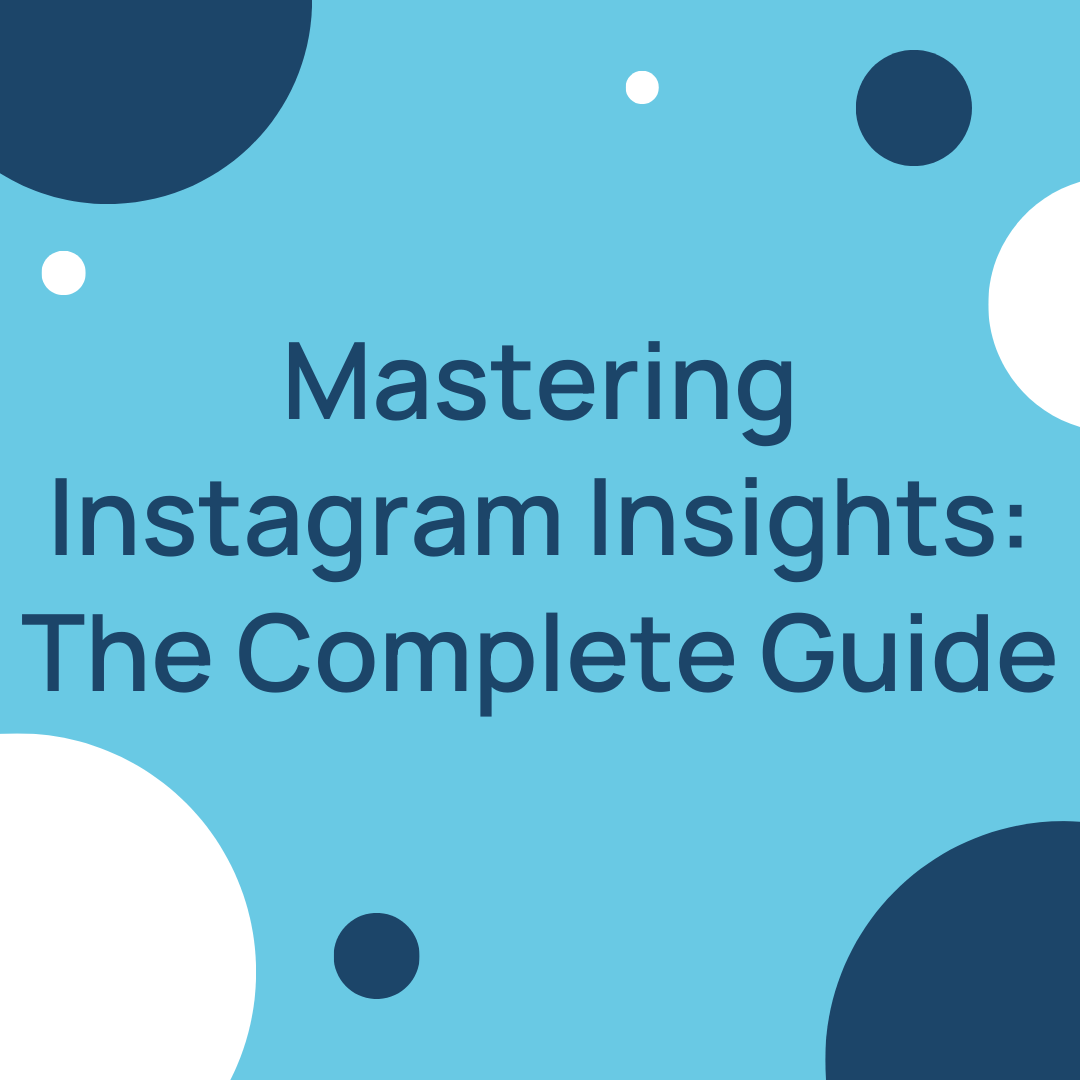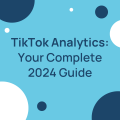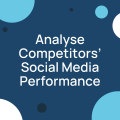5 Effective Facebook Ad Examples Your Brand Can Learn From
Ivan Ivanov posted on 30 August 2017
We are living in dynamic times for advertising. With the rise of social media platforms and online content slowly becoming the top form of entertainment used by people, inbound marketing is the top choice for brands and businesses of all shapes and sizes.
The ability to humanize your brand and present yourself directly to a highly targeted audience further opens the doors for an array of advertising opportunities. You no longer have to rely on your advertisement getting seen by people watching a certain TV show or reading a certain magazine.
Yes, to a point you were able to advertise to a specific group of people via print media and other methods in the past as well.
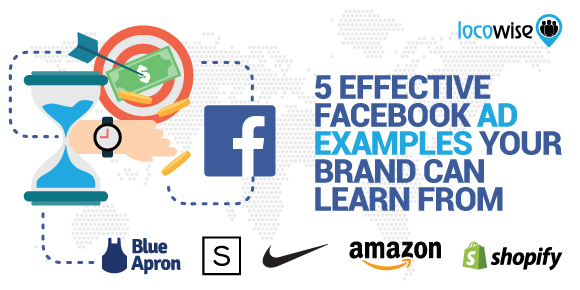
Nevertheless, with social media platforms constantly collecting data about their users, now advertisements can be targeted towards specific individuals that are highly likely to have an interest in your product or service.
One of the setbacks that have come with the online age from the standpoint of the advertisers is that due to the high saturation of obstructive online ads, people have become rather numb towards such advertising attempts.
Creating Advertisements for a Digitized Society
Now, even if you are presenting people with the item they want and need in their lives, if you use similar obstructive online advertising strategies, chances are they won’t have that great of an effect.
In addition, Ad-Blocking software is becoming increasingly popular and further denies you the possibility to advertise to specific individuals or groups.
All things considered, it’s easy to see why social media influencers are on the rise. But they are not the only option. In fact, advertising opportunities given by specific social media platforms are now one of the most secure choices for a brand or a company.
The success of running ads on those platforms primarily depends on the machine learning algorithms implemented within a given social network. Those AI algorithms read through the collected data of the users of that particular platform, track online activity as far possible, and allow you to put an ad to a specific individual that is most likely to respond to what you are advertising.
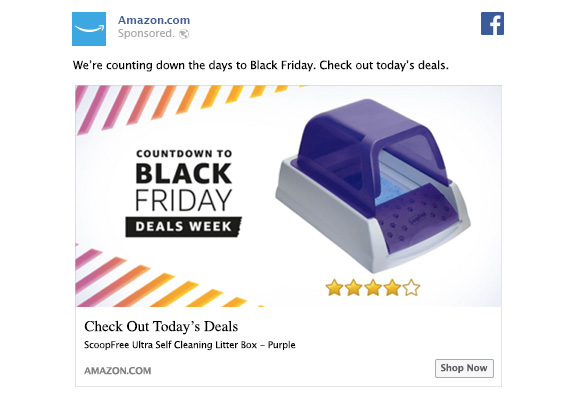
Yet, to build a proper marketing strategy, you have to consider the clear set of factors that define your brand. If you don’t have a specific audience you want to target, but are rather going for a broad spectrum ad, chances are you won’t receive as high of an engagement or as high of a conversion rate.
Facebook Advertising and Targeting for Individuals
A common mistake when building an advertising strategy on social media is generalization. Aiming to achieve the best possible reach, most brands go for a group targeting approach with their ads. While on the surface this is the right thing to do, at its core, the methods of implementation can significantly harm the success and conversion rates of your ads.
Instead, what you should do is, as we like to call it, target for individuals. What this means is that you should create your advertisement with a specific individual in mind, that represents your targeted group and go from there.
Let’s take a look at some great ad examples from famous brands to further go through how to implement proper inbound marketing strategies within your ads on Facebook themselves.
How These Brands Target Their Facebook Ads for Individuals
Facebook Advertisements are now more expensive than ever for a reason. They work! But in order for them to work, you need to be able to get the most out of them.
To do so, you should stop thinking about them as TV, print or even other online ads. Instead, consider the nature in which those ads are presented to each individual.
Amazon.com Knows How to Sell on Facebook!
One of the best companies from which you can learn a lot about Facebook advertising is Amazon. They constantly share new promotions and deals, but do so in an unobstructive manner. Instead of pushing the price of a product in your face, they gently remind you that they have new deals that you’d might be interested in.
Imagine scrolling through your Facebook wall and you suddenly see a post with a photo saying “Huge Sale! Now only $x.xx,” and you’d know immediately that you are being viciously attacked by a company that wants your money.
But what if instead you see a nice picture of a product that you want, with a small text post reading “Hey, by the way, we think you might be interested in this. We are currently having a sale so check it out.”
You’d be far more inclined to see what the company has to offer right? Friendly is the way forward.

Nike’s Call Towards Customization
Nike’s call towards customization is an amazing ad that showcases how visual appeal and simplicity can enhance your chances of success.
There are two great parts of this ad. One is the contrast in the colors and the color scheme itself.
The other is the call to action. While nothing less should be expected of a brand this size, the carousel Facebook ad from Nike goes to show that a straightforward call to action targeting individuals can do wonders.
What’s more, the clear and contrasting colors are further grabbing the attention of an individual scrolling through their Facebook feed focusing their attention on the product.
Note the way Nike has doubled-down on the individual factor in their carousel Facebook ad.
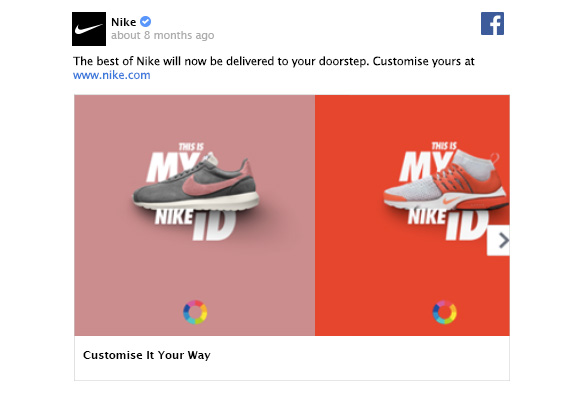
Instead of stating “this could be your shoe,” they’ve went with the far more powerful “This is MY Nike.”
What’s more, the clear visual appeal that comes from the contrast further allows for the attention of a Facebook user to be driven towards the shoe itself. Yet, the intentional color wheel placed at the bottom of the photo does serve as a nice segway towards the “Customize it Your Way” slogan and the “Learn More” button.
Soylent – Being Aware of the Audience’s Response
This is another great example of how you could achieve a better reach through inbound marketing. By being honest and aware of their own brand, Soylent has made this amazing advertisement that directly responds to the number one question their target audience has in mind – what does soylent taste like.
Granted, this Facebook ad is not targeted towards individuals, but it is nevertheless a nice showcase of how brand awareness can do wonders for your overall marketing strategy.
For those unaware, Soylent is a nutrient drink that has all the nutrients a person needs throughout the day, thus allowing for one to sustain themselves only by drinking soylent.
Although scientific evidence and research on the viability of this has still to be conclusive, the fact of the matter is that most people aware of the concept of Soylent that have never tried it, do wonder what it tastes like.
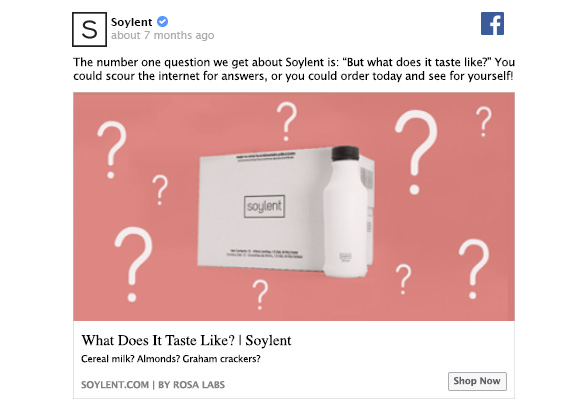
Shopify – A call to Action through a Facebook Ad Question
Shopify, a platform providing easy eCommerce solutions for everyone, also takes advantage of individual advertising on Facebook. Even though their target audience is far more broad-spectrum, Shopify has still managed to build their advertising around content that their core audience would best perceive.
By stylizing their advertisement much like a motivational social media picture and targeting directly an individual Facebook user scrolling through their feed, they have certainly increased their chances of a conversion rate success.
Does a person who has an entrepreneurial spirit respond in a more positive manner towards motivational social media pictures? Is such a person more likely to open an eCommerce shop?
While the answers to both of these questions are speculation, chances are Shopify does know their core targeting audience. And the fact that they’ve put call to action questions that further drive a person towards taking action is amazing. What’s more, they do so in an unobstructive manner.
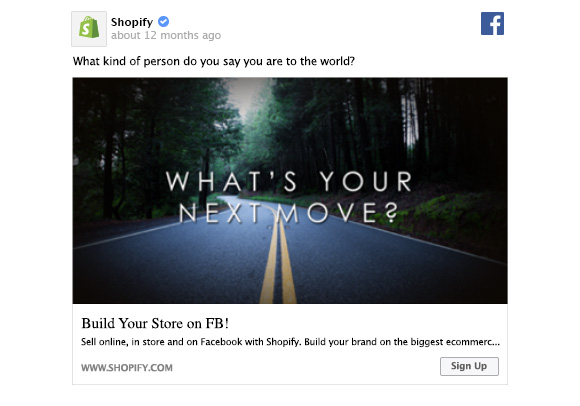
Further Tip – Blue Apron – Sell your Product and Not your Sale/Discount
As aforementioned in the Amazon ad example, you should never put the focus on your sale, rather than on your product. This is such a common mistake that we wanted to reiterate this tip.
Check out the Blue Apron example. Instead of putting the focus on the $30 discount, they’ve put their product in focus. This works wonders. The main reason for this is that when you put the focus on your discount, it gives the impression that the savings and the discounts are more valuable than the product itself.
Much like Amazon, instead of putting the focus on the discount itself, BlueApron has rather put the focus on their product and put the discount on the background. This further plays into an individual Facebook advertising strategy, as it takes into an account the actions a Facebook user usually takes on the social media platform when scrolling through their wall and tries to be unobstructive.
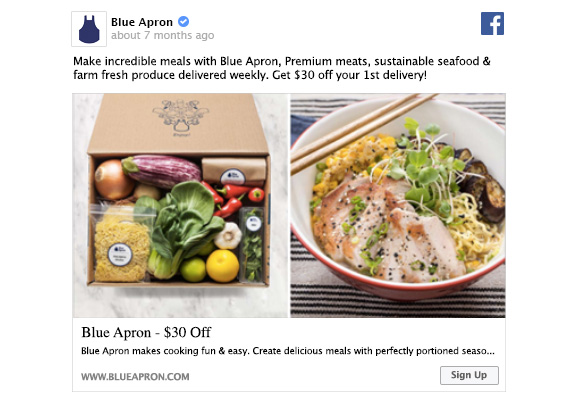
And of course, whenever you have the chance, make sure to look at the stats, see when your ER rises up and continue doing what’s best for your brand. Want a free 7-day-trial of Locowise to get all the insights behind the stats of your social media profiles? Sign up today!


